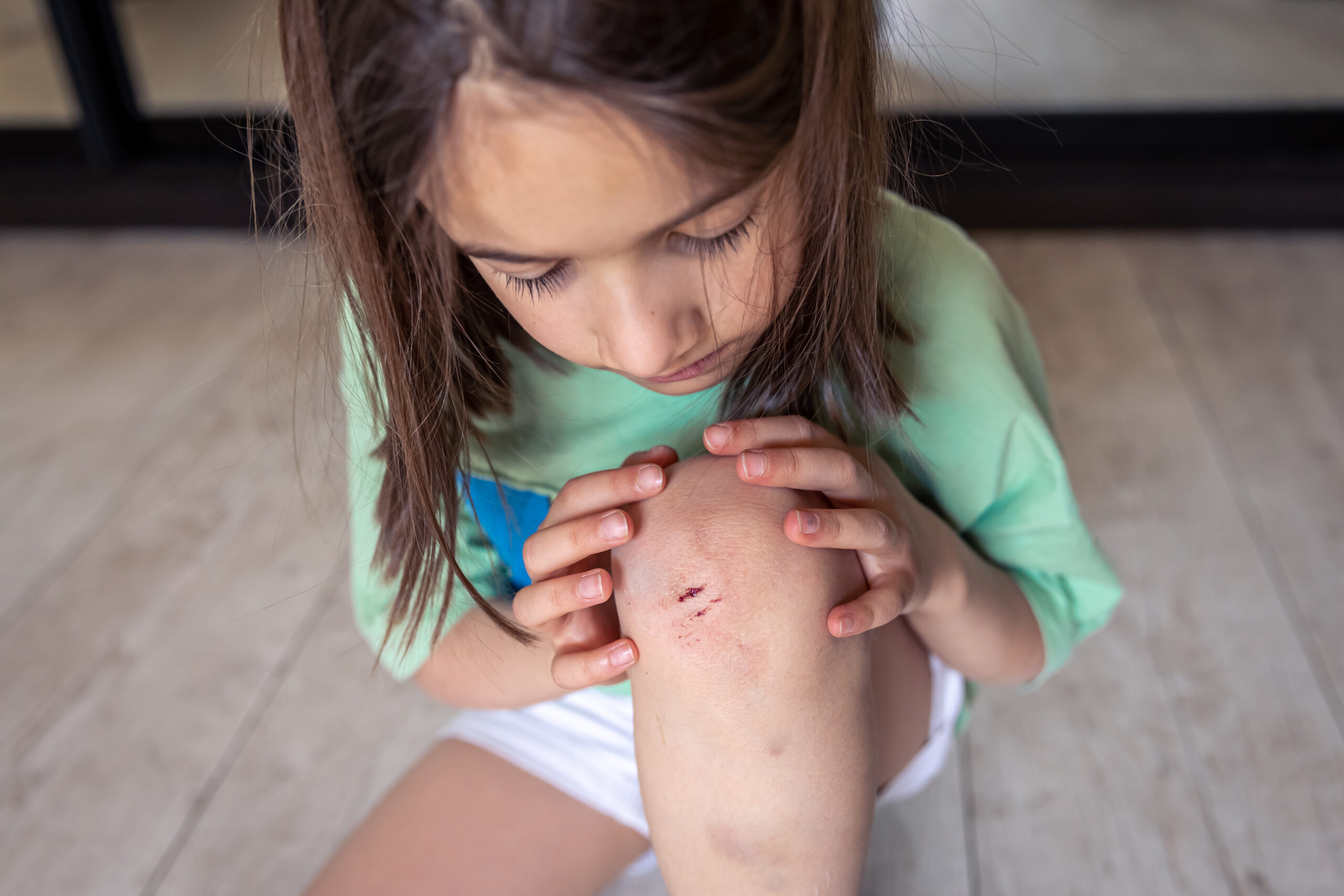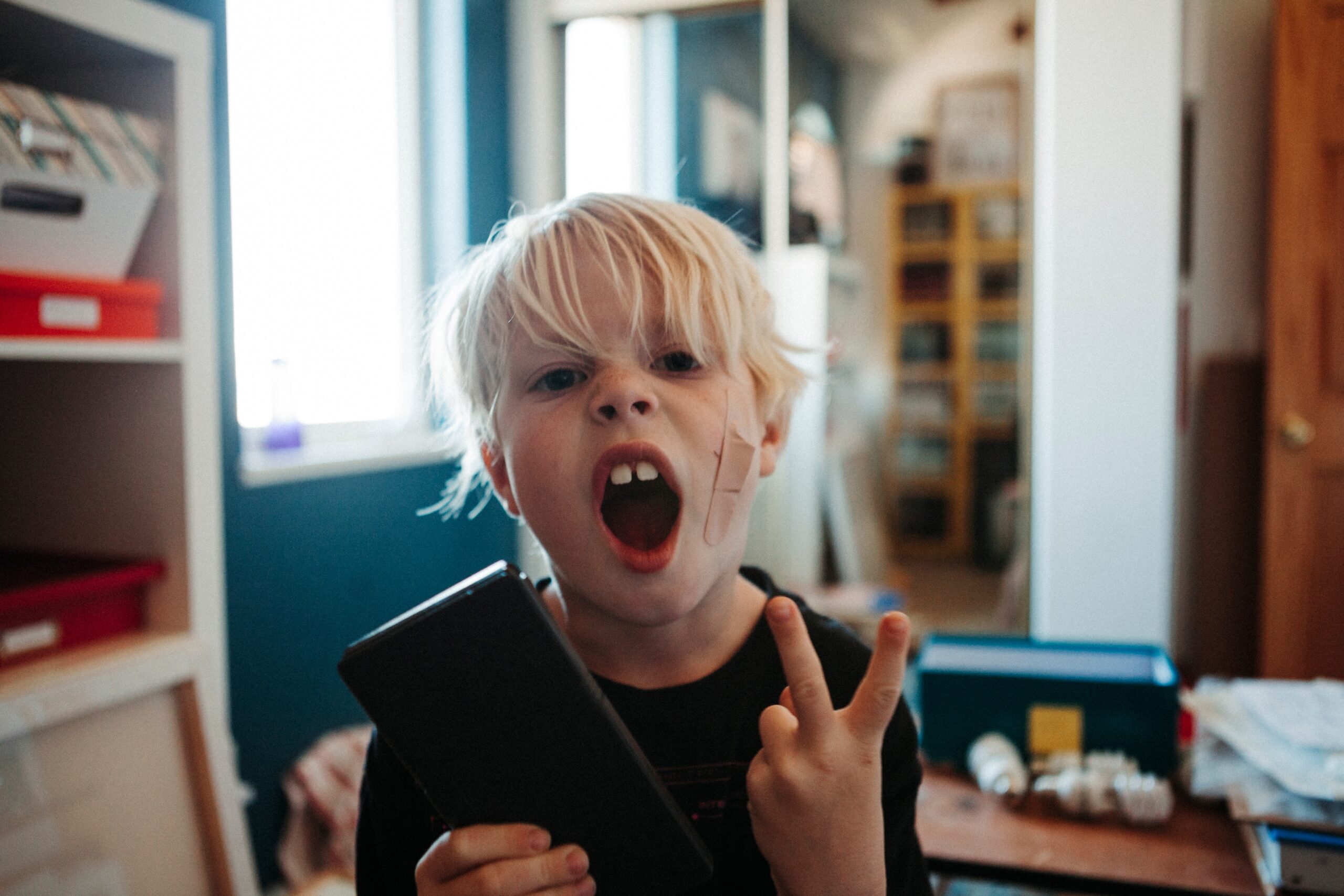How to Prepare a Child with Autism for a Visit to the Dentist
The visit to the dentist can be challenging and stressful for many children, both neurotypical and neurodivergent, as well as for their parents. The sensory and social aspects of a dental visit can be overwhelming for children with Autism Spectrum Disorder (ASD). However, with the right strategies and preparation, the experience can be made more comfortable and less stressful for both the child and their parents. Let’s discuss how to prepare a child with autism for a visit to the dentist:
Visual Supports
Visual supports, such as social stories, visual schedules, and pictures, can be extremely helpful in preparing the child for what to expect during the dental visit. These visual aids provide a concrete way to explain the steps involved, the equipment they may encounter, and the overall process. This helps reduce anxiety and provides a sense of predictability. For example, if you are planning a visit to the dentist, start by creating a social story about this visit.
Describe, in simple words, and use real-life photographs to present every single step of this upcoming event. Describe to the child the procedures that will be done and the tools that will be used. Hand in hand with the social story, work on getting the child used to using and following the visual schedule. The visual schedule will include the child’s daily routine. Once the fixed day for the visit comes, add that visual with the visit to the dentist in the child’s daily schedule. Make sure that after the picture of the visit to the dentist, you have a picture with the child’s most preferred activity, toy, or item.
Desensitization
Gradually expose the child to the dental environment. This gradual exposure can help desensitize the child to the sights, sounds, and sensations they may experience. Start by visiting the dental office in advance, allowing the child to explore the waiting area and meet the dental staff. Consider scheduling shorter, non-invasive appointments initially, such as a “meet and greet” with the dentist or a simple oral examination, before progressing to more extensive procedures.
Sensory Sensitivities
Many children with ASD are sensitive to sensory stimuli. Inform the dental staff about the child’s sensory sensitivities in advance, so they can make necessary accommodations. For example, the dental team can provide sunglasses to reduce the glare of bright lights, offer noise-canceling headphones to minimize auditory input, or allow the child to bring their favorite comfort item for sensory support.
Collaboration and Communication
Maintain open communication with the dental team. Share information about the child’s individual needs, preferences, and any successful strategies used in other contexts with the dentist. This collaboration can ensure a supportive approach throughout the dental visit.
Model
By modeling to the child how to behave at a dentist visit, you will offer the child an opportunity to learn what the expectations and the acceptable behaviors are in this specific context. You can use yourself as a model. Also, you can record your personal visit to the dentist and show it to the child. The repeated video model can serve as a good strategy to prepare the child for this event.
Patience and Flexibility
Recognize that each child is unique, and their needs may vary. It’s important to approach the dental visit with patience and flexibility. If the child becomes overwhelmed or anxious during the visit, allow breaks or use distraction techniques, such as playing calming music or providing a sensory toy. The dental team should be understanding and accommodating, working at the child’s pace to create a positive experience.

By implementing these strategies, parents and dental professionals can help alleviate anxiety and create a more positive dental experience for children with ASD. The goal is to gradually build a foundation of trust and familiarity, making future visits easier and less stressful. Remember, preparation and understanding are key to supporting children with ASD through dental visits and promoting their oral health.
Also read: How to Teach Safety Skills to Children with Autism: 10 Effective Strategies
About Olga Sirbu
My name is Olga Sirbu, I am a Board Certified Behavior Analyst (BCBA) and Licensed Applied Behavioral Analyst. My goal is to support and empower families and individuals on the autism spectrum.
Autism Advance is dedicated to training parents and caregivers, providing practical tips, and teaching individuals how to educate kids with autism.
I share evidence-based practices to help you better understand and support individuals with autism. Learn practical strategies to help individuals with autism reach their full potential, as well as gain a deeper understanding and acceptance of autism.
Thank you for considering Autism Advance as a resource for your autism journey.








